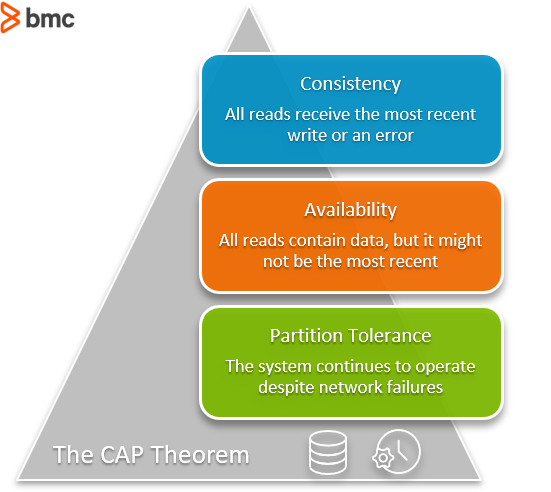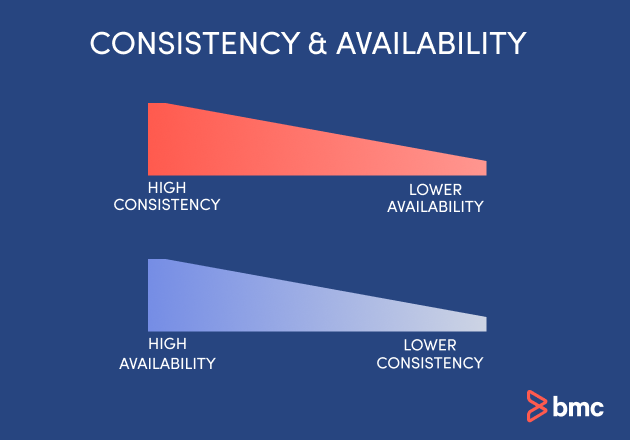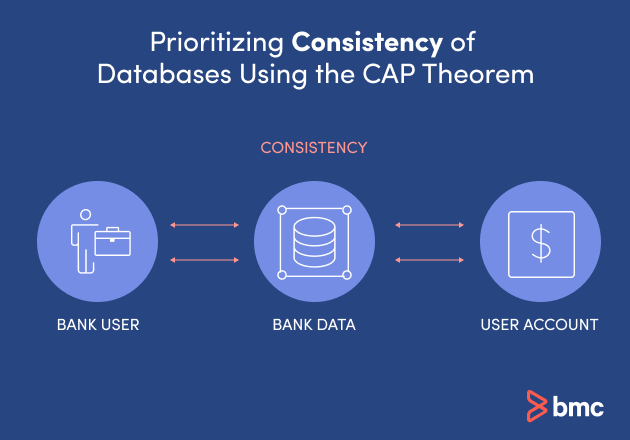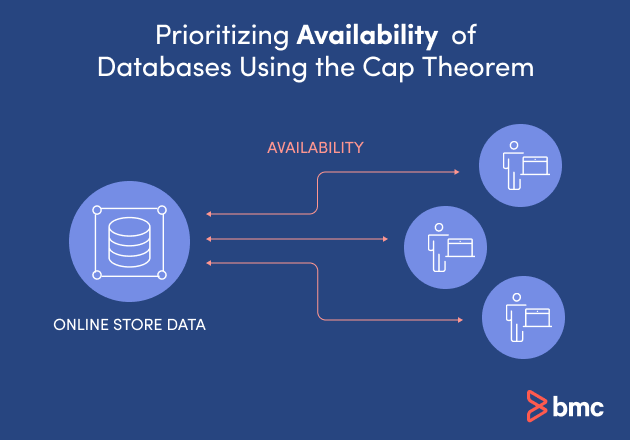CAP Theorem Explained: Consistency, Availability & Partition Tolerance


The CAP theorem is a belief from theoretical computer science about distributed data stores that claims, in the event of a network failure on a distributed database, it is possible to provide either consistency or availability—but not both.

The CAP Theorem is comprised of three components (hence its name) as they relate to distributed data stores:
In normal operations, your data store provides all three functions. But the CAP theorem maintains that when a distributed database experiences a network failure, you can provide either consistency or availability.
It’s a tradeoff. All other times, all three can be provided. But, in the event of a network failure, a choice must be made.
In the theorem, partition tolerance is a must. The assumption is that the system operates on a distributed data store so the system, by nature, operates with network partitions. Network failures will happen, so to offer any kind of reliable service, partition tolerance is necessary—the P of CAP.
That leaves a decision between the other two, C and A. When a network failure happens, one can choose to guarantee consistency or availability:

Consistency in CAP is different than that of ACID. Consistency in CAP means having the most up-to-date information. (ACID refers to a different database event. In ACID, consistency means any new transaction to the database won’t corrupt the database.)
The moment in question is the user query. We assume that a user makes a query to a database, and the networked database is to return a value.
Whichever value is returned from the database depends on our choice to provide consistency or availability. Here’s how this choice could play out:
To some, the choice between consistency and availability is really a matter of philosophical discussion that’s rarely made in practice. The reliability of these distributed systems is pretty good. That said, problems do happen. AWS experienced a big outage just before Thanksgiving 2020.
Where the theory says you can have only two of three components, professionals say that’s not always the case. Eric Brewer, computer scientist who initially proposed the CAP theorem, cleared up some confusion around the theorem, generalizing it from a hard either/or statement to one depending on the system’s need. He said:
“The modern CAP goal should be to maximize combinations of consistency and availability that make sense for the specific application. Such an approach incorporates plans for operation during a partition and for recovery afterward, thus helping designers think about CAP beyond its historically perceived limitations.”
Choosing consistency and availability comes when choosing which database type to go with, such as SQL vs NoSQL. NoSQL databases can be classified based on whether they support high availability or high consistency.
NoSQL databases have advantages over conventional relational databases. NoSQL JSON databases allow you to design without a schema. They can handle large datasets that contain unstructured data, without enforcing tables to relate to one another. Data is stored in JSON documents, which are complete entities that a human being can readily read and understand. This approach is well suited for agile development when requirements are evolving. The benefits of NoSQL JSON databases include:
Examples of NoSQL databases include:
Consistent databases should be used when the value of the information returned needs to be accurate.
 Financial data is a good example. When a user logs in to their banking institution, they do not want to see an error that no data is returned, or that the value is higher or lower than it actually is. Banking apps should return the exact value of a user’s account information. In this case, banks would rely on consistent databases.
Financial data is a good example. When a user logs in to their banking institution, they do not want to see an error that no data is returned, or that the value is higher or lower than it actually is. Banking apps should return the exact value of a user’s account information. In this case, banks would rely on consistent databases.
Examples of a consistent database include:
Database options for prioritizing the consistency component of the CAP theorem:
Availability databases should be used when the service is more important than the information.
 An example of having a highly available database can be seen in e-commerce businesses. Online stores want to make their store and the functions of the shopping cart available 24/7 so shoppers can make purchases exactly when they need.
An example of having a highly available database can be seen in e-commerce businesses. Online stores want to make their store and the functions of the shopping cart available 24/7 so shoppers can make purchases exactly when they need.
Database options for prioritizing the availability component of the CAP theorem:
Some database options, like Cosmos and Cassandra, allow a user to turn a knob on which guarantee they prefer—consistency or availability.
The challenge of the CAP theorem is that you ideally want to achieve all three goals at the same time, but you can only choose two. Making the right choice makes all the difference. The trade-off between consistency, availability and getting the balance right depends on the application and what the user values. Making the wrong choice can create a negative experience and destroy trust or cause frustration. Knowing what users tolerate and expect will help you calibrate the optimal balance.